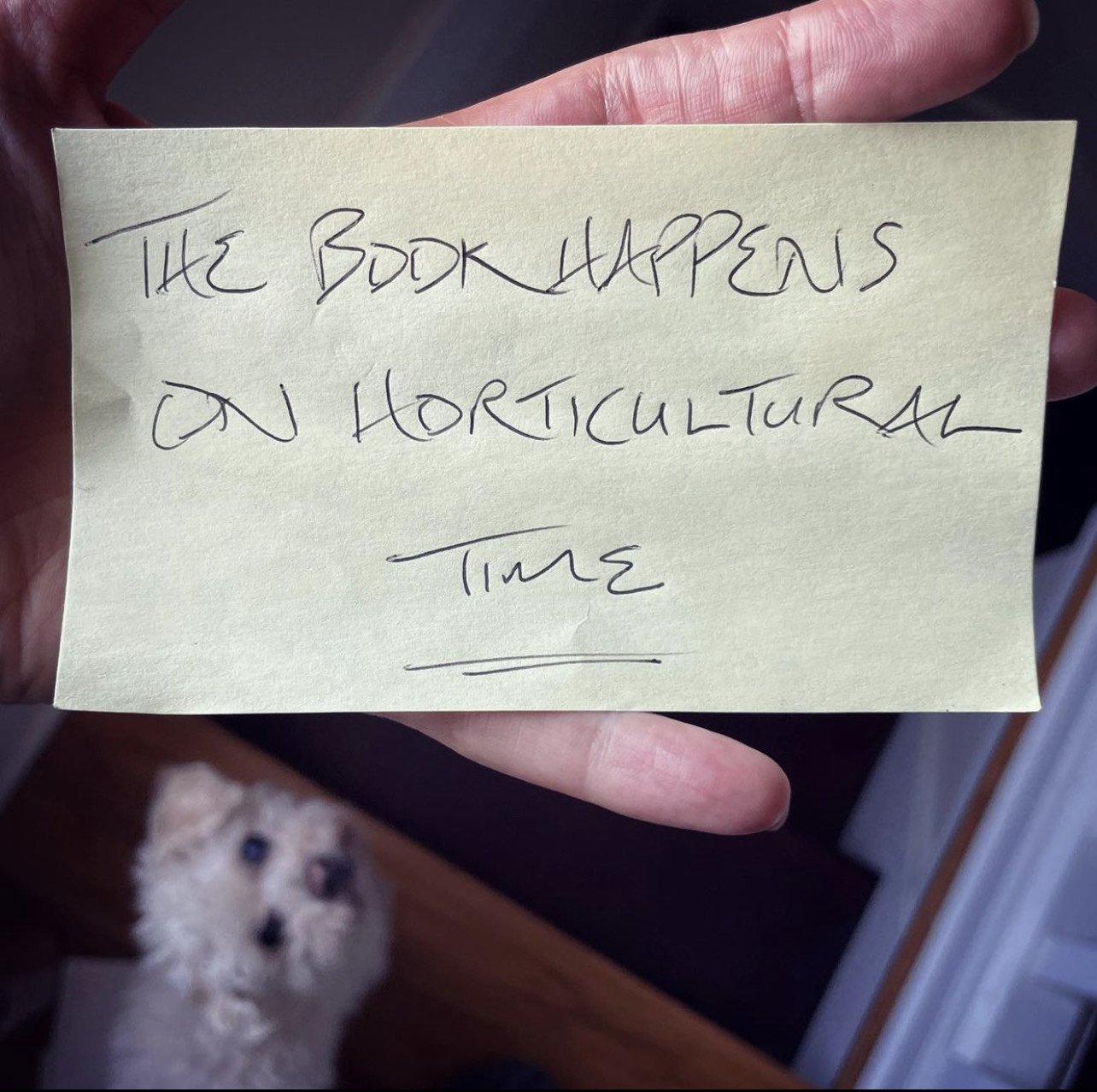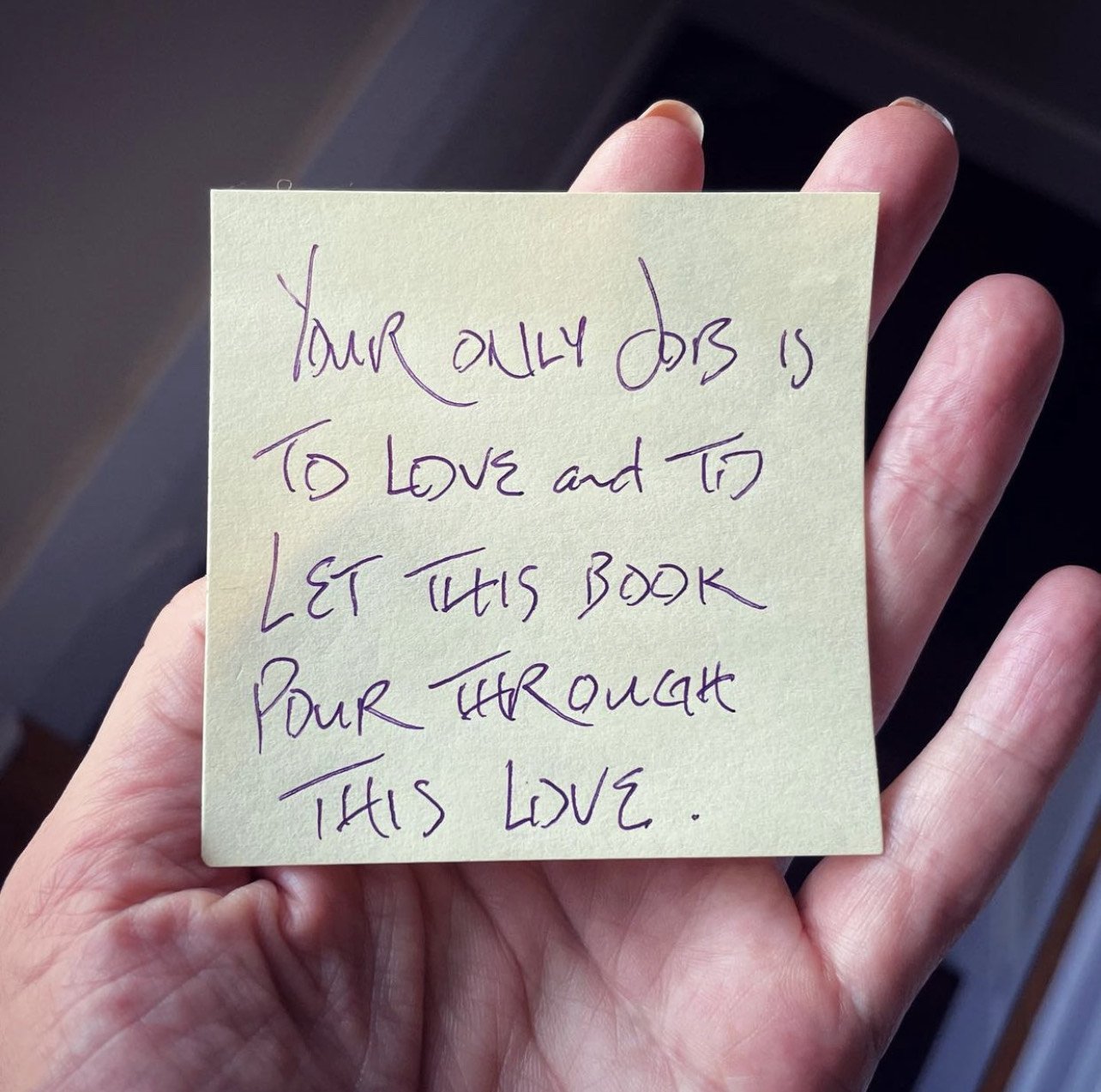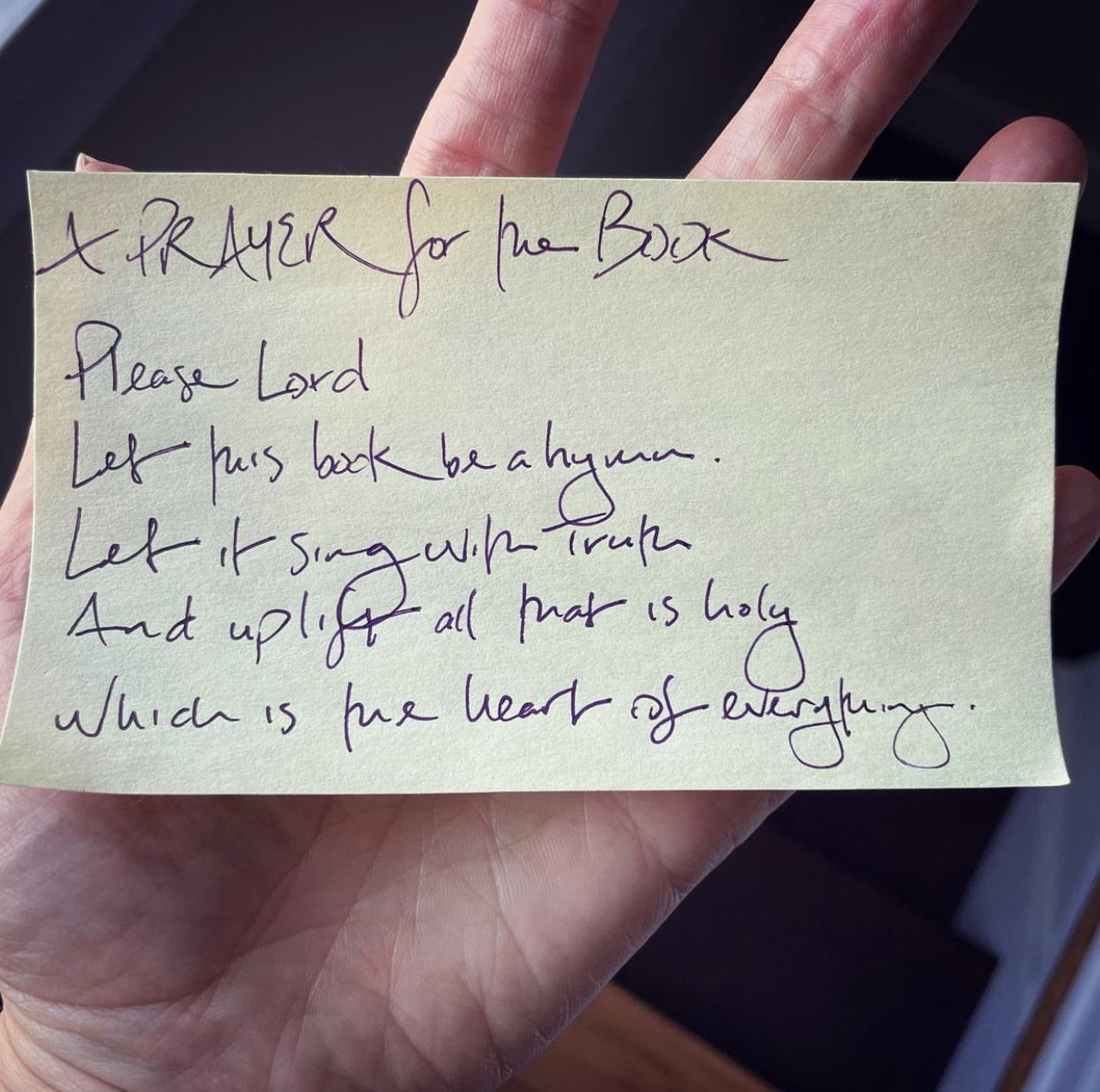It’s not a soft item in your pocket that only comes in pink. It’s not something you earn for being good. It doesn’t come and go like a rainbow.
Love is not a fuzzy thing.
Subconsciously, I used to associate love exclusively with warmth. Perhaps soft curtains, soft lighting, soft music in the background. Love often felt just out of reach, yet there was promise in my mind that someday… if I worked hard enough, if I learned enough, if I accomplished enough…
Love was a promise of something comforting, something delightfully squishy, soft and fuzzy. Love was a reward.
It’s only after years of practice that it’s become clear that love is not a fuzzy thing. And that’s not because love is the opposite of such things. It’s not because love, rather than being fuzzy, warm, and soft, is actually rough, blue, cool.
Love is the realization that our very being is shared—with everyone and everything. Our being isn’t “mine” or “yours.” It is not separated by distinctions asserted by the conditioned mind.
This realization has no specific form. Form takes shape in the formless.
What form can love take?
Any.
Love can take any form. Like a fuel that can propel a variety of things, the shapes that love can take are countless. The possibilities, infinite.
True power lies in our capacity to love—
to give it, to receive it.
Practice offers us a way to keep our attention on love — love with a capital L, love that is not conditional — in spite of the whirls of our relative world. This process is not always warm. It is sometimes far from soft and fuzzy.
As we refine our capacity to remember and focus on Love, our actions may appear as a boundary within an unhealthy relationship. It may look like a steadfast steadiness when unkindness is hurled at our heads. As the vacuum of conflict opens its mouth in our direction, it may take the form of the remembrance of ourselves as empty, without need for boundary. Equanimity with no longing to be swallowed.
Having a practice of unconditional love, a practice of remembering Love in every moment and every circumstance, requires:
1. Knowing how to release our attachment to the storylines of the past.
2. Being willing to be fresh in every moment, ever willing to be surprised by life.
These steps are repeatable. Having such a practice, repeating these steps, shapes the mind. What shape the mind is in matters. It has everything to do with whether or not we suffer or experience our inherent freedom.
Life force, consciousness, is filtered through the mind. Light filtered through a mind shaped by Love creates beautiful images on the wall of relative reality — images that have a very different look and feel from a mind that is lost in the spiral of habituated, conditioned thinking. These images become actions. These actions, repeated in community, become culture.
In order to be free personally and collectively we must ask, what culture, internally and externally, are we creating?
Are we creating a culture informed by and made of Love?
Practice also offers us a way to stabilize in our recognition and remembrance of Love — and something else is required.
In order to remember Love, to know it, feel it, taste it, to remember ourselves as it, we must be willing to shift our habitual relationship to control. Two more things are required:
3. To accept that we have no control, that control is an illusion.
4. To not stop there. To lose the taste for control entirely.
We cannot know Love and feed our conditioned desire for control at the same time.
Love is the substance of being.
Love doesn’t conquer all.
Love doesn’t speak the language of dominance.
Love is ever-present, beyond time and space, beyond control.
From the knowing of our inherent freedom, we not only accept that we have no control — we no longer long to have it.
Pause.
Feel into the difference of these two statements:
“I can accept that I have no control.”
and
“I don’t need control.”
The outcomes of our actions are so often beyond our control. Feel into the freedom of realizing that it’s one thing to accept that (fill in the blank) is what it is and I can’t control it, it’s another to say, I don’t need to try to control it.
Remember the Indian philosopher Krishnamurti’s statement near the end of his life, “I don’t mind what happens. That is the essence of inner freedom. It is a timeless spiritual truth: release attachment to outcomes, deep inside yourself, you’ll feel good no matter what.”
There’s mastery in this.
Consider an addict who is incarcerated and longs to not be reliant on the drug of choice. To them, the bars of the prison might become a supportive friend of sorts. The imprisoned addict may begin to lean into accepting that they cannot have the thing they believe they want more than anything else.
Picture them there, sliding down the wall to sit, hands to head, “I must accept that I have no access.”
Now picture this very same person no longer needing what they’ve been addicted to, free from even craving it.
This is freedom.
Freedom lives in Love.
Love lives in freedom.
Practice allows us to return to Love again and again. Eventually Love will become our default.
Why? Because
Love is not a fuzzy thing.
Love is the heart of who we are.








